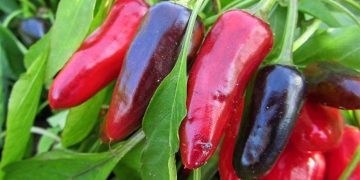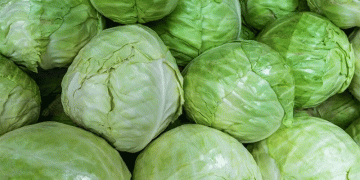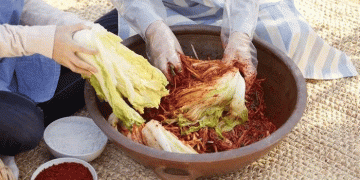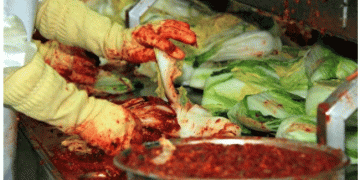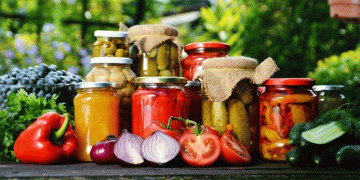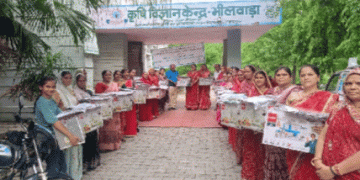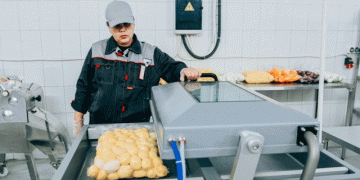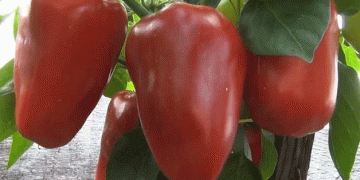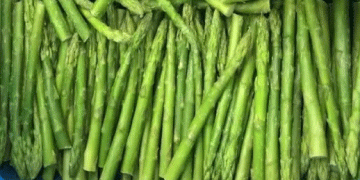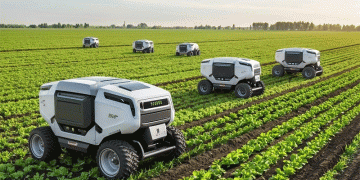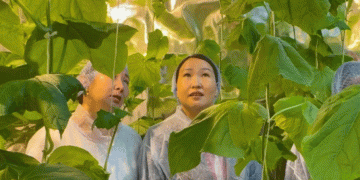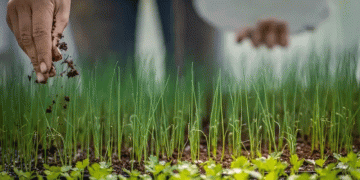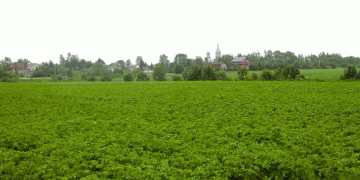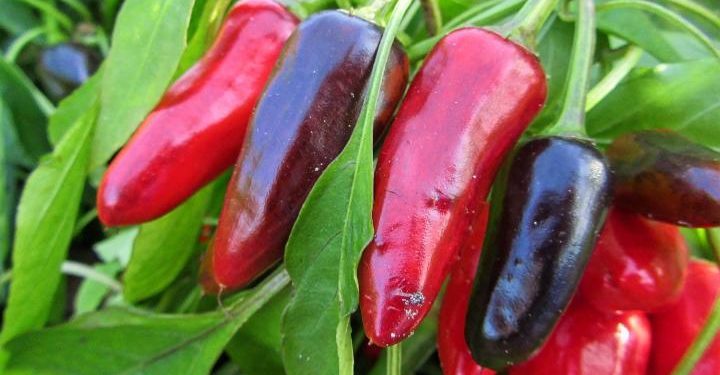A week-long heat wave and a recent question—concerning what green beans to grow in a hot climate—got me thinking. Which vegetables grow well in exceptionally hot weather? Keep these plants in mind.
Advertisement
Top Veggies for Hot Weather
Peas, spinach, and lettuce will certainly not make the list but some vegetables actually need the heat to grow well and develop the best flavor.
When looking for heat loving plants pay attention to the origin of the species. A plant that hails from a tropical or sub-tropical region will do better in the heat than one from a northern climate.
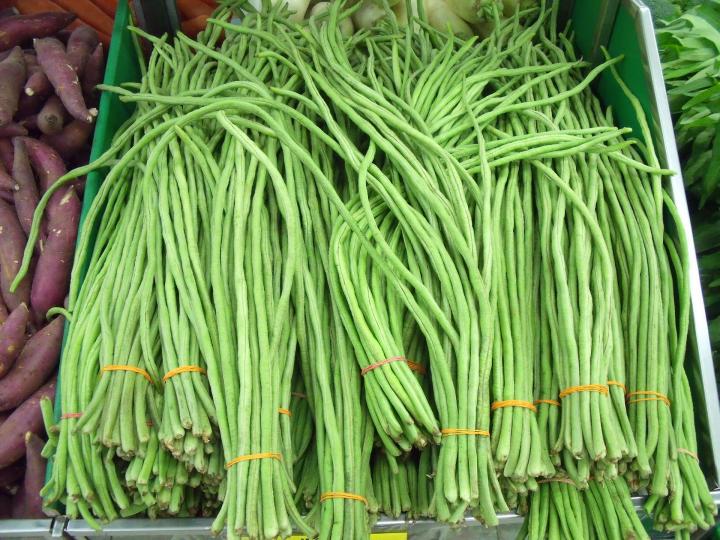
- Yard-long beans—also called asparagus beans—are from southern Asia and unlike regular snap beans that drop their blossoms and sulk in extremely hot weather, they thrive in the heat. Related to cowpeas—another bean that stands up to sweltering temperatures and high humidity—yard-long beans are best grown on a trellis or fence. Don’t wait for them to get a 36 inches long before picking though. They are best eaten at about 12 to 15 inches long, before the beans fill out the pod.
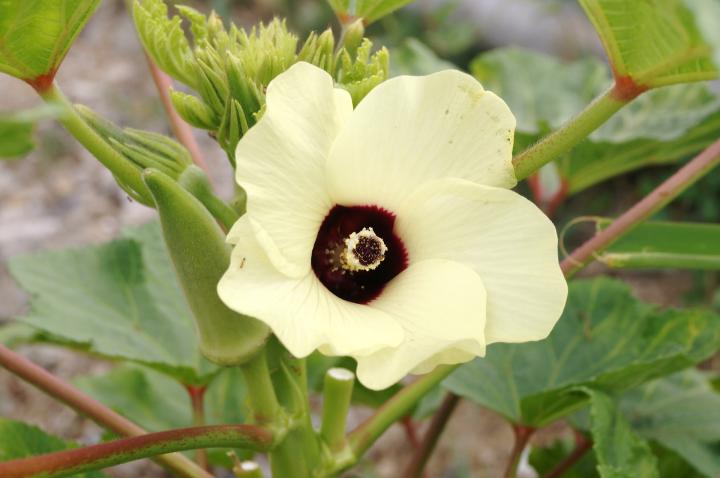
- Okra is a favorite in the deep South. Native to Ethiopia, it likes warm nights and soil temperatures in the 80’s. A member of the mallow family, it has beautiful hibiscus-like flowers that are self-pollinating so you don’t have to worry if it is too hot for the bees to do their job. Pick the pods while they are young and tender.
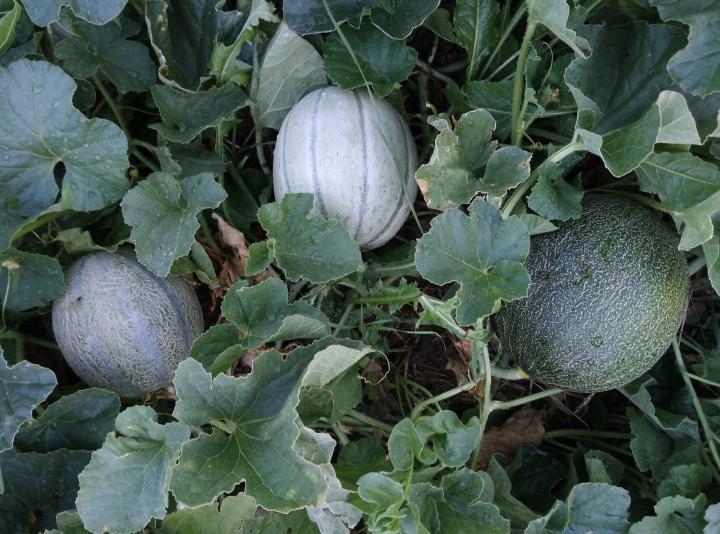
- Melons originated in Africa and southern Asia. They need 2 to 3 months of hot weather to develop their luscious sweetness. Keep the plants evenly moist but don’t overwater especially when the fruits are ripening. Too much water will dilute the sugars, making the melons bland. Many heirloom varieties are deep rooted and able to stand up to heat and drought.
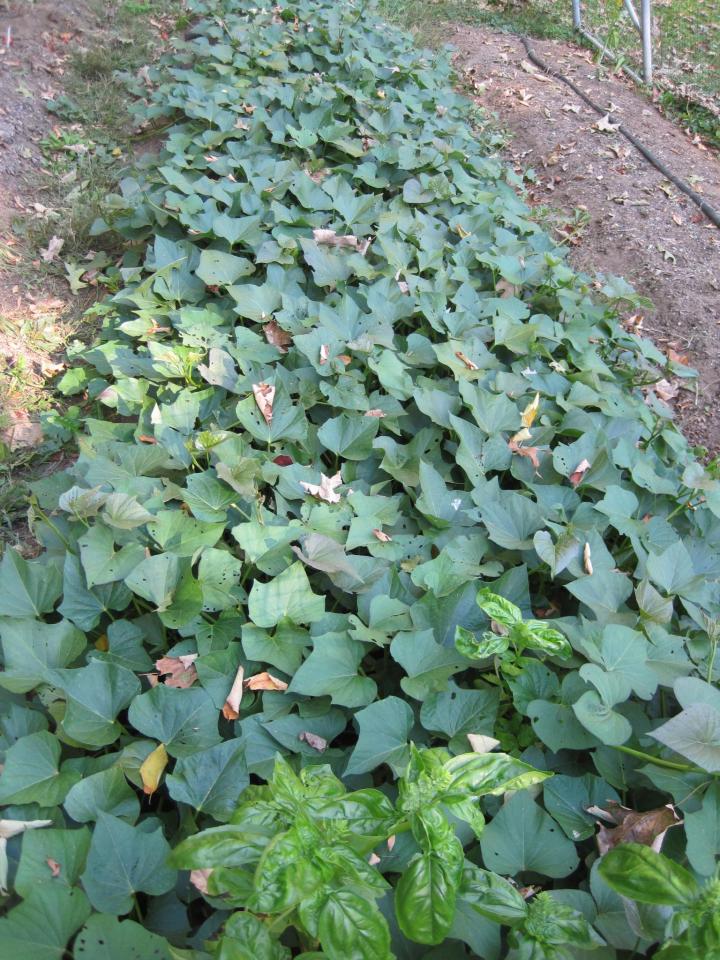
- Sweet potatoes are another tropical plant popular in the South and they are becoming a favorite with northern gardeners too. The plants like the heat as long as they have even moisture. Harvest before the soil temperatures drop below 55 degrees.
- Malabar spinach is an Asian green that grows best when soil temps are above 80 degrees and the air temperature is in the 90’s. It is a climber, so plant it near a trellis or fence. It is not related to spinach at all but makes a great substitute in summer whether eaten raw or cooked.
- New Zealand spinach is another good summer green. Originally from Australia and New Zealand it is pretty much pest and disease free along with being heat and drought tolerant. When cooked it tastes just like spinach.
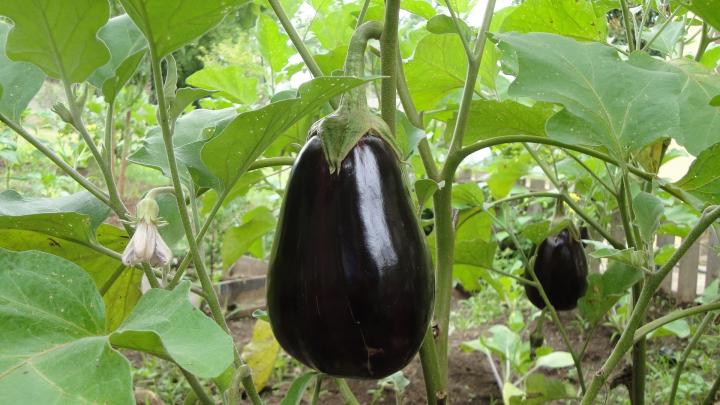
- Eggplants love it when the soil warms up to 80 to 90 degrees and nights are above 70. They are native to southeast Asia and India where eggplant is the basis of many delicious recipes. Take advantage of hot weather to grow long season types like ‘Listada de Gandia’ or ‘Black Beauty’ or for shorter growing seasons choose an Asian variety such as ‘Ping Tung Long’ or ‘Thai Long Green’.
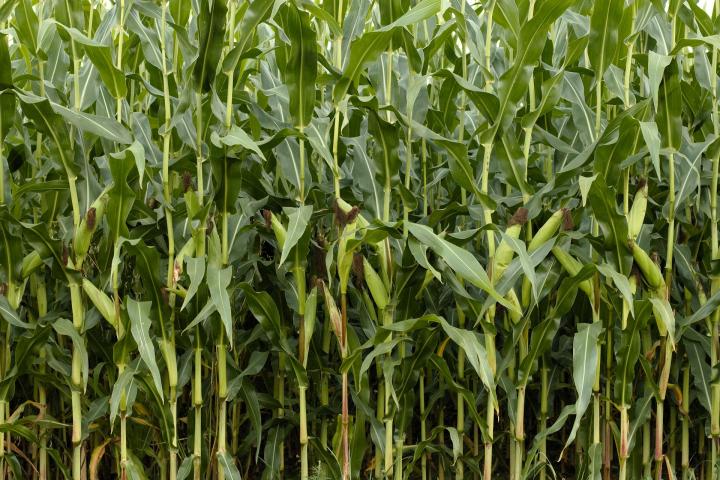
- Corn hails from Mexico. The hotter it gets the faster it grows as long as there is adequate moisture in the soil. Corn really drinks up the water to form those crunchy kernels so keep an eye on it.
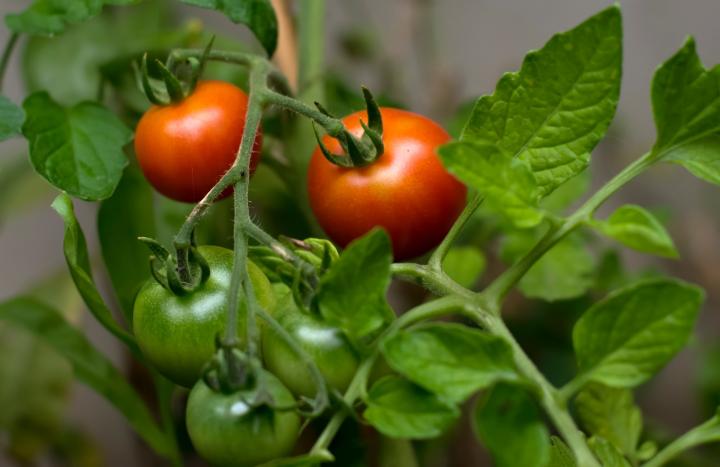
- Tomatoes may be native to the tropics of South America but prolonged periods of time with days over 95 degrees and nights over 85 coupled with dryness can cause blossoms to drop and plant growth to stop. Look for hybrid varieties bred for the deep South. The University of Florida has introduced many for growers in hot climates. Cherry tomatoes ‘Sungold’ and ‘Jasper’ are recommended for long hot summers. Some heirlooms stand up to heat well also. Give ‘Arkansas Traveler’, ‘Brandywine’, and ‘San Marzano’ a try.
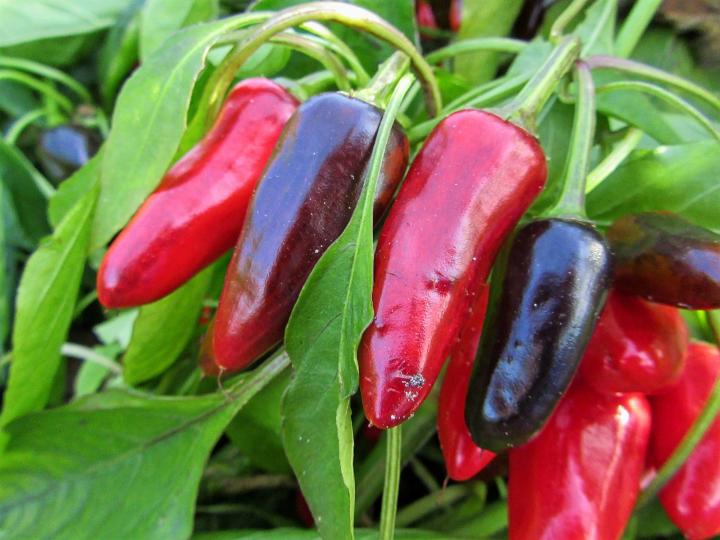
- Peppers are another tropical from the western hemisphere, native to Central and South America. Hot peppers seem to hold up better during prolonged heat than the sweet bells. University of Florida recommends ‘Cal Wonder’, ‘Red Knight’, ‘Big Bertha’, ‘Sweet Banana’, and ‘Cubanelle’ for sweet peppers that can survive a heat wave as long as they are mulched well to keep soil moisture even. The Chile Pepper Institute at New Mexico State University has developed some awesome varieties of hot peppers that thrive in hot dry locations. Look for any variety that has NuMex in its name.
Have you ever noticed that people living in the hottest climates eat a lot of spicy hot foods? It not only tastes great but can help to cool you off on a hot day. The spicy food makes you sweat by increasing your blood circulation and as the sweat evaporates, it cools you down. Scientists call this gustatory facial sweating, since it is caused by food and the sweat breaks out on your face first. So if you are sweltering in the heat eat a spicy meal and cool down.
A source: https://www.almanac.com
